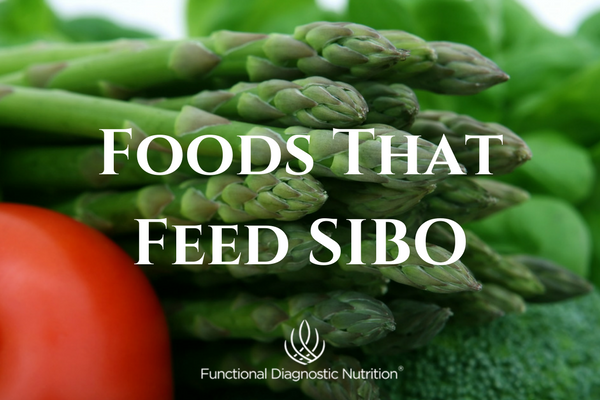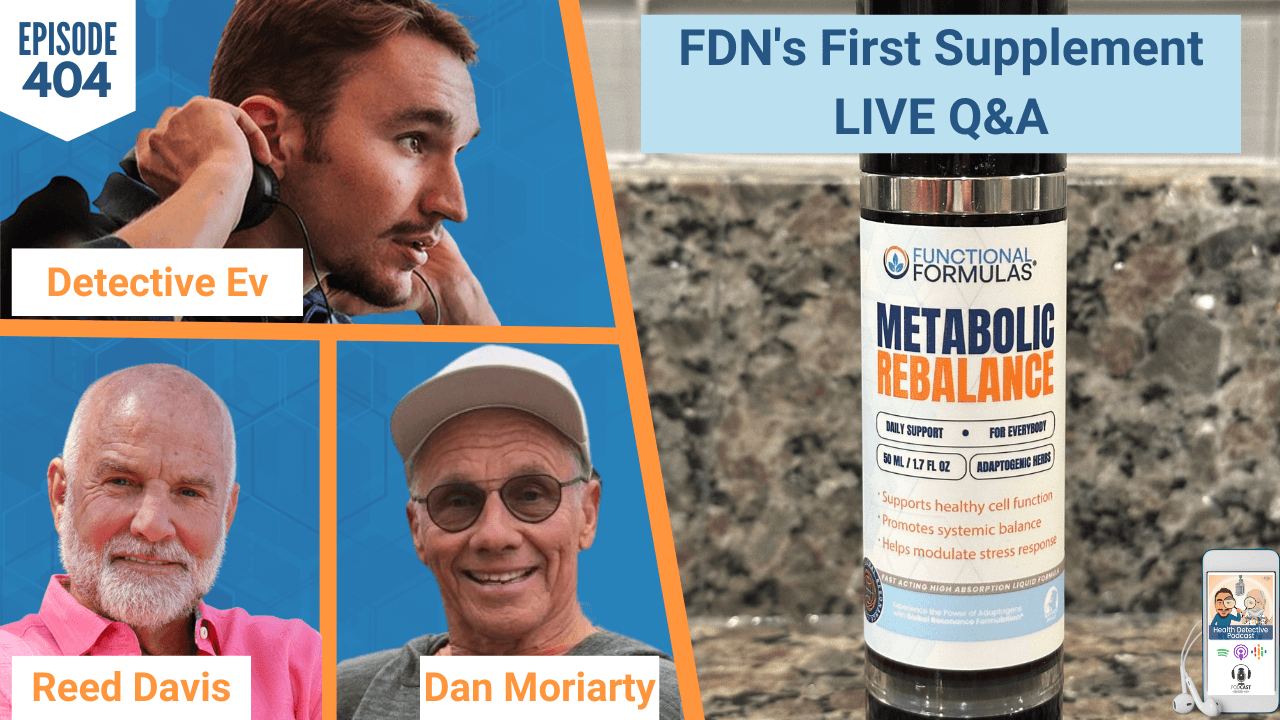Millions of people struggle daily with digestive complaints such as gas, bloating, diarrhea, constipation and GERD. And the number of people who are diagnosed with digestive issues such as Celiac disease, IBS, Crohn’s and H. Pylori are growing quickly.
There is another digestive disorder that has now been recognized and that may be impacting more people than we know. Small Intestinal Bacterial Overgrowth (SIBO) is an overgrowth of bacteria in the small intestine. When the digestive system is healthy and functioning normally, the small intestine usually has a relatively small number of bacteria residing there. The irony is that the bacteria that is overgrowing in SIBO is actually good bacteria…but it’s in the wrong place, and it’s the wrong location that causes symptoms.
When bacteria grow out of control in the small intestine, it can cause a problem with the absorption of vital nutrients. Some of the nutrients that can become deficient with a SIBO overgrowth are the fat-soluble vitamins A, D, E and K, Iron, B12, Coenzyme Q 10 and Beta Carotene.
Risk factors for SIBO
While there is not just one cause of SIBO, there are many risk factors that have been identified.
- Prior surgery on the digestive tract
- Crohn’s disease
- Long time Celiac disease
- Diabetes (both type 1 and 2)
- Irritable bowel syndrome (IBS)
- Frequent antibiotic use
- Low stomach acid
- Frequent use of acid reducers (PPIs)
- Oral contraceptive use
- Moderate to heavy alcohol consumption
- Gastrointestinal infections
On top of these risk factors, there are some foods that feed SIBO and can help it continue to grow. There is one group of carbohydrates that is particularly well known for helping to feed SIBO bacteria….FODMAPS.
What are FODMAPS?
FODMAPS is an acronym for:
Fermentable Ogliosaccharides, Disaccharides, Monosaccharides and Polyols
FODMAPS can be difficult for some people to digest. Because of this, they can stay in the digestive tract for a longer period of time, which allow them to ferment. This process feeds the bacteria that is residing in the small intestine and causes the overgrowth to continue.
Where are FODMAPS found?
These are a few of the common foods that contain FODMAPS:
Fructose– foods such as apples, watermelon, high fructose corn syrup, honey, cherries, dried fruit, fruit juice
Fructans– foods like garlic, onions, wheat, rye, barley, asparagus
Lactose– found in foods like milk, yogurt, soft cheeses, ice cream
Galactans– foods such as beans, lentils, soy, cabbage and chickpeas
Polyols– found in foods such as apples, peaches, nectarines, pears and plums; mushrooms, and sugar alcohols found in alternative sweeteners such as sorbitol, mannitol, and xylitol.
For a more comprehensive list of low, moderate and high FODMAP foods, check out this list from the University of Virginia Health Center.
What about fermented foods?
Most fermented foods and beverages are low in FODMAPS and do not feed a bacterial overgrowth. But while healing a SIBO infection it is best to avoid adding additional bacterial to the digestive tract during the healing process. It is also best to discontinue consuming fermented foods and beverages for a couple of months once a SIBO healing protocol has ended. After that time, it can be good to re-introduce fermented foods and beverages to help populate the gut with healthy bacteria colonies.
Would a gluten free diet help?
Actually, yes and no! SIBO is powerful enough to cause the release of the protein Zonulin, which is connected to leaky gut syndrome. Zonulin levels have been shown to be high in those who have Celiac disease and there is often a connection between Celiacs and SIBO. Unfortunately, many common gluten free foods actually feed the bacteria that cause SIBO and should be avoided. Some gluten free foods that are low in FODMAPS may be just fine and will not aggravate a SIBO infection. But consuming high FODMAP foods as part of a gluten free diet can continue to create inflammation in the gut and prevent symptoms from being eliminated.
The good news is that there are ways to reduce the overgrowth of bacteria. There are tests that can determine what type of overgrowth is present and specific protocols that can benefit those who are struggling with an overgrowth. If you are an health practitioner, you will undoubtedly encounter clients who have SIBO. Do you know what to do to help them overcome the overgrowth?
Do you know how you can you help your clients overcome the effects of SIBO?
Functional Diagnostic Nutrition® is offering a special SIBO course, where you will get to the heart of what SIBO is and how you can help clients who are struggling with it. In the course, you’ll learn about the main gases produced by SIBO bacteria, why it occurs, what causes it, and the symptoms you can expect to see when a client presents with SIBO.
Also, you will learn when is the best time to recommend testing for SIBO and which tests to use to determine if SIBO is present. In addition, you will learn how to interpret SIBO test report and how to create the right protocols to help your clients heal. Finally, we’ll address SIBO retesting protocols and help you identify your clients who are at greater risk of developing SIBO or having a relapse after initial treatment.
Ready to help your clients and distinguish yourself from other health experts? Become a SIBO expert.







